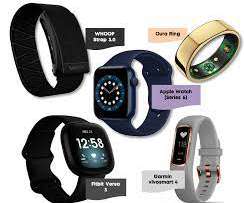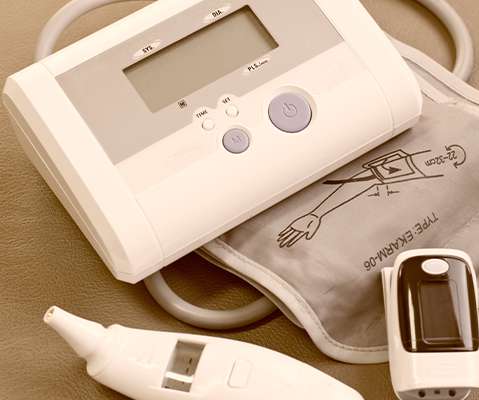For older adults, the future of wearables is predictive
Aging in Place Technology Watch
APRIL 21, 2021
Wearable devices make up an $81.5 According to Gartner’s January 2021 forecast , this was driven by increased consumer interest in tracking their health status during the pandemic (smart watches) and the growth of remote work (purchases and upgrades to headphones and ear-warn devices). billion global market in 2021.














Let's personalize your content